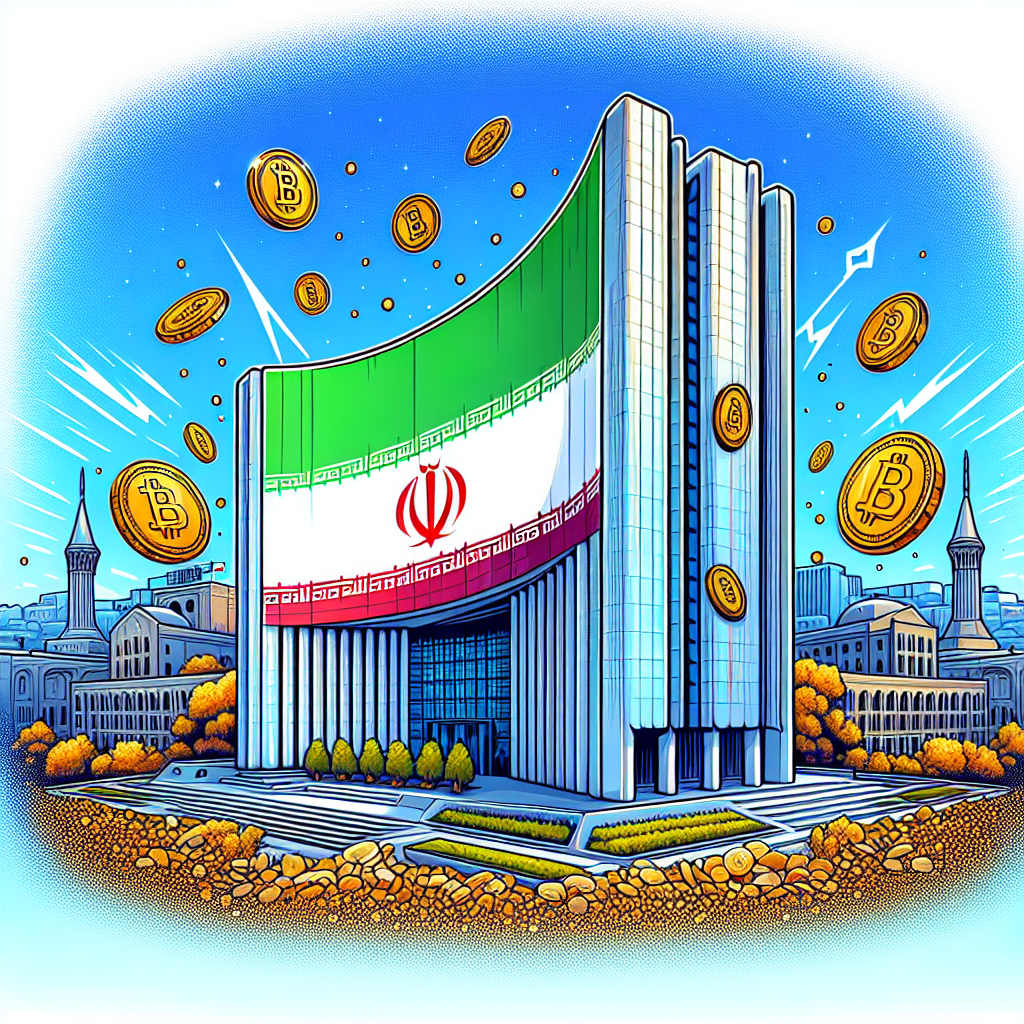Tag: Central Bank
The Central Bank of Brazil has reported that the surge in the usage of stablecoins is largely due ...
There is growing unease within Brazil’s digital assets sector, as the country’s central bank (BCB) turns its attention ...
Botswana’s central banking institution is preparing to take action concerning the risks and regulations tied to cryptocurrencies. According ...
Brazil’s Central Bank could potentially amend its regulations on stablecoins, withdrawing the earlier issued provisions that ban self-custody ...
Morocco may be on the brink of embracing digital currencies to a much larger extent than previously thought. ...
Preparations to launch Iran’s national cryptocurrency, the Digital Rial, are in the final stages, the Central Bank of ...









